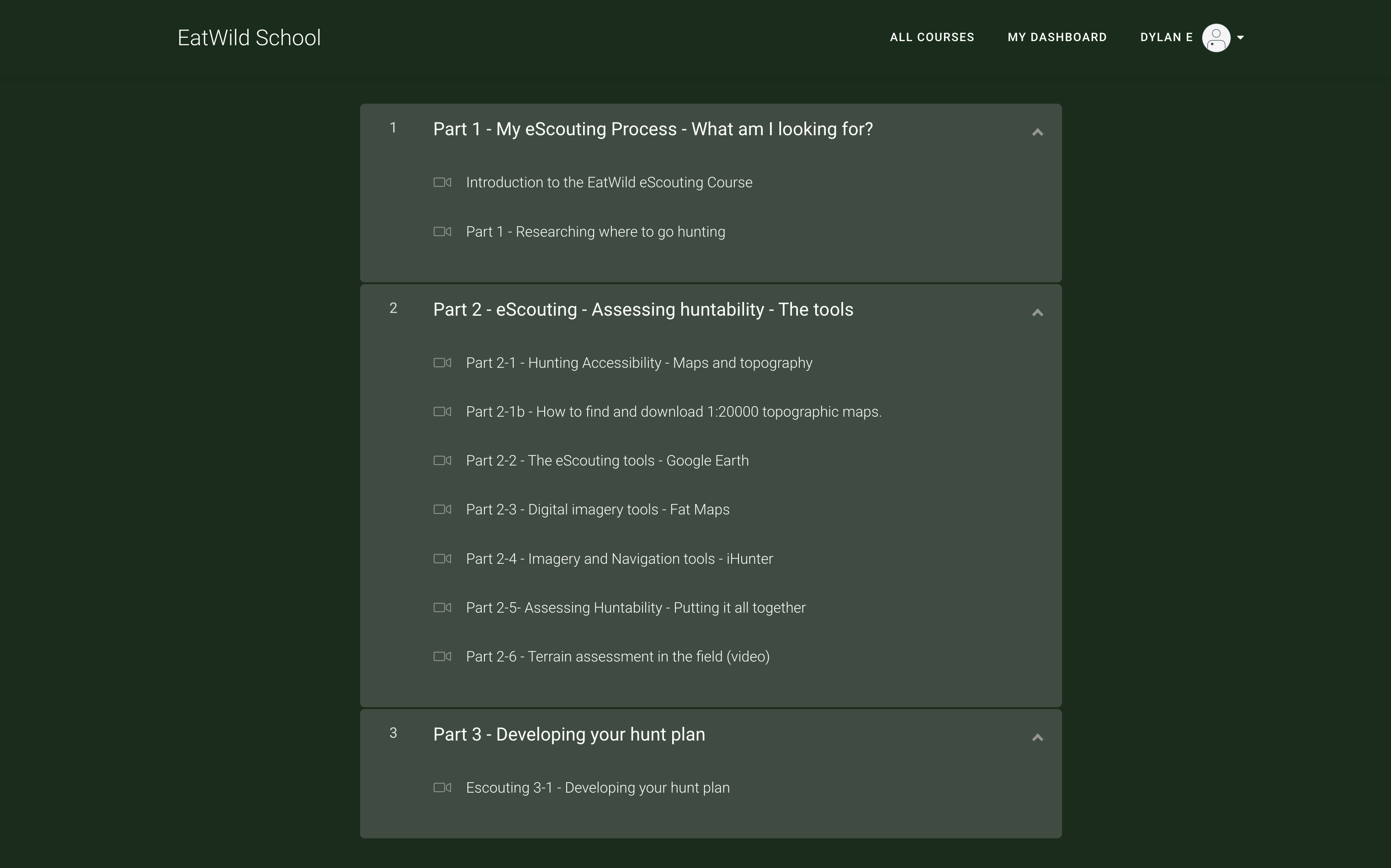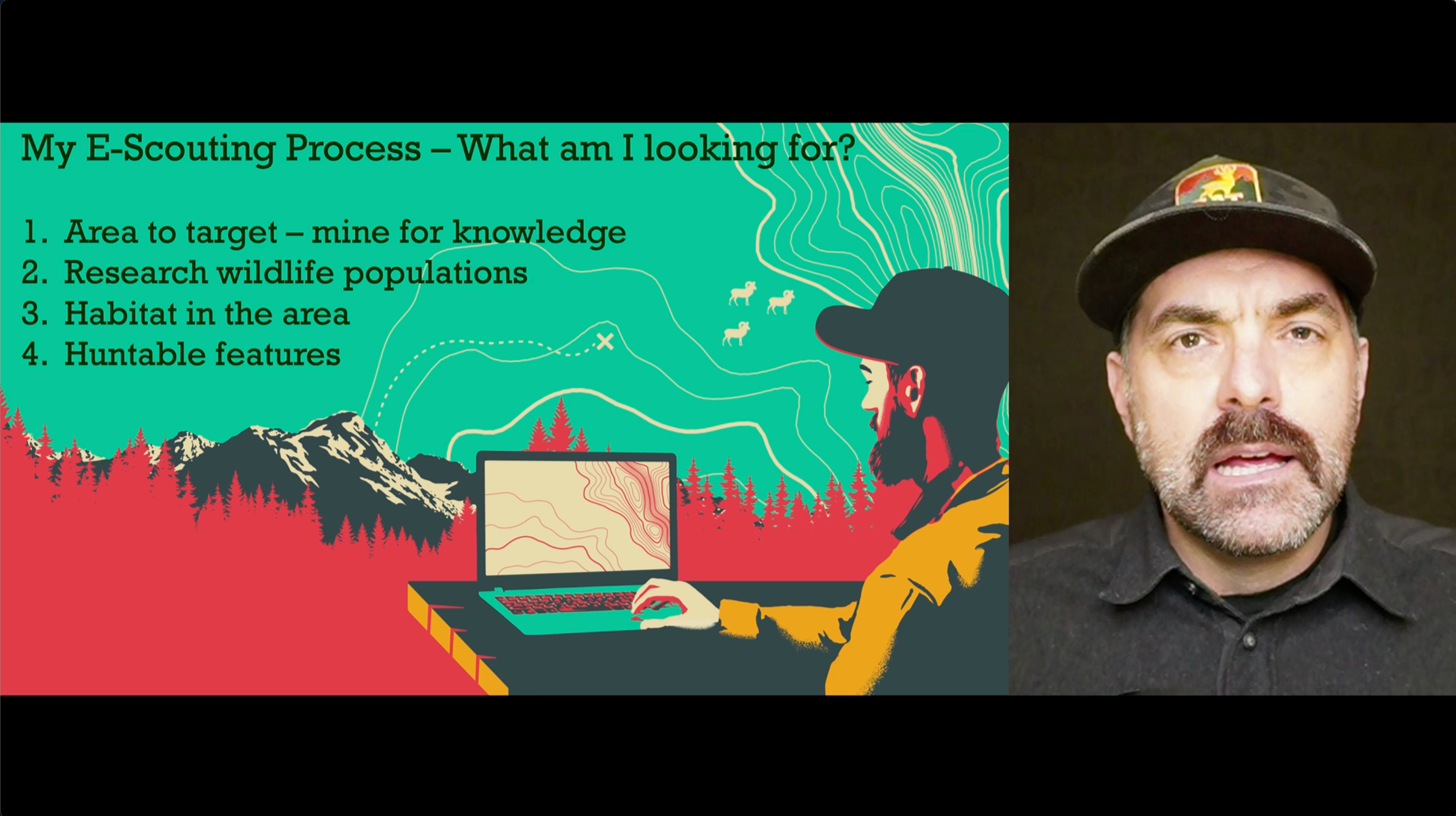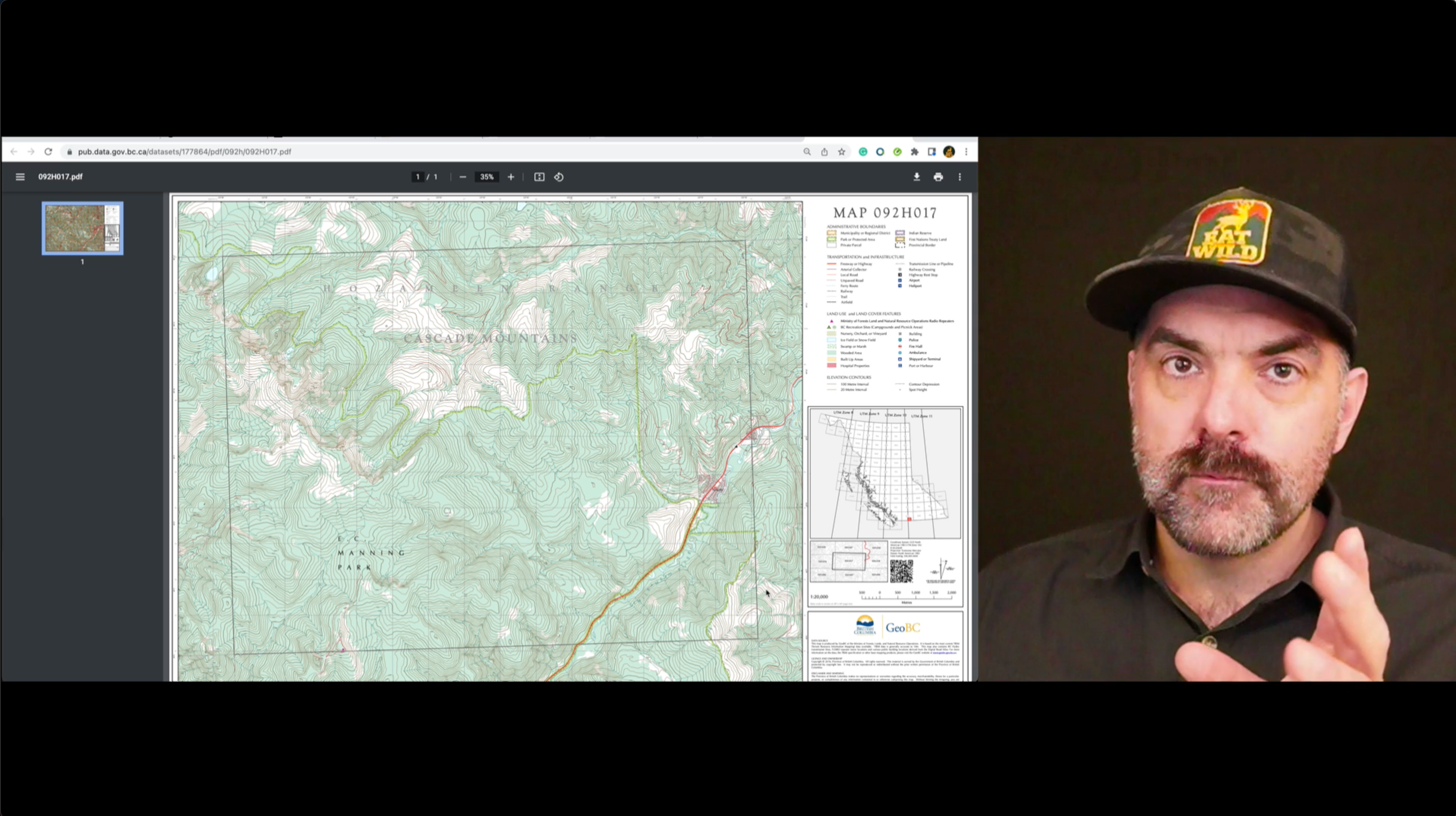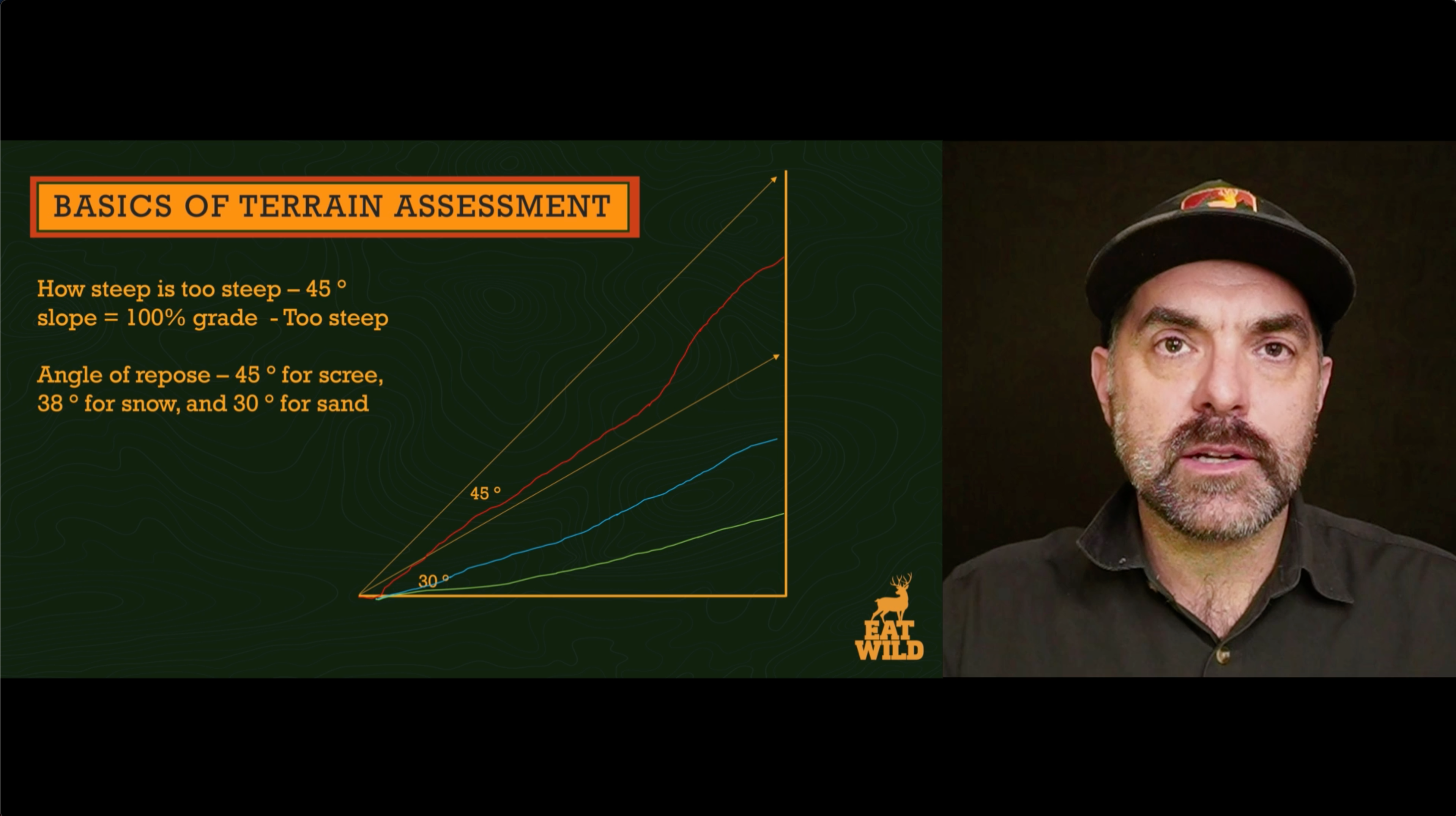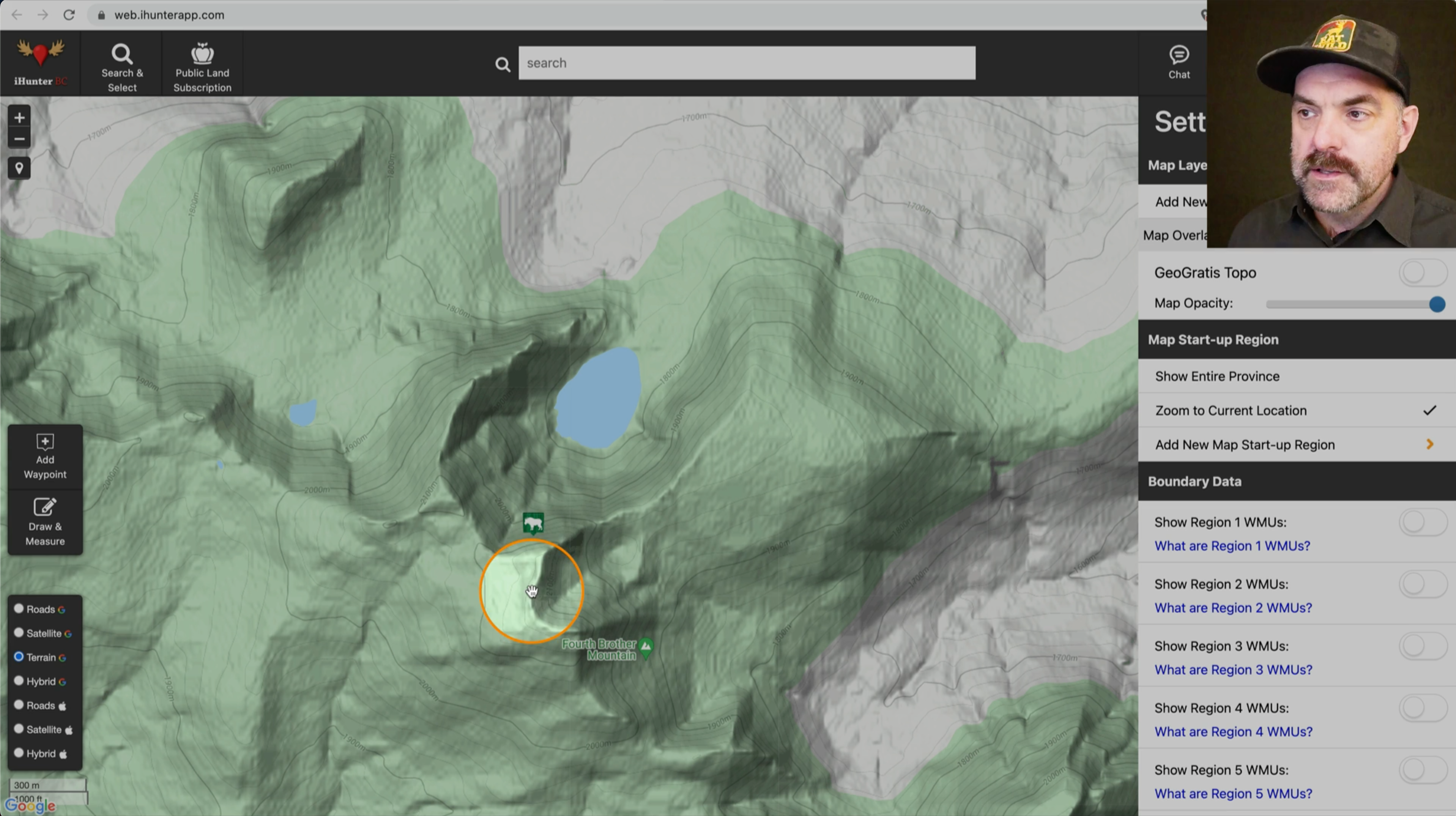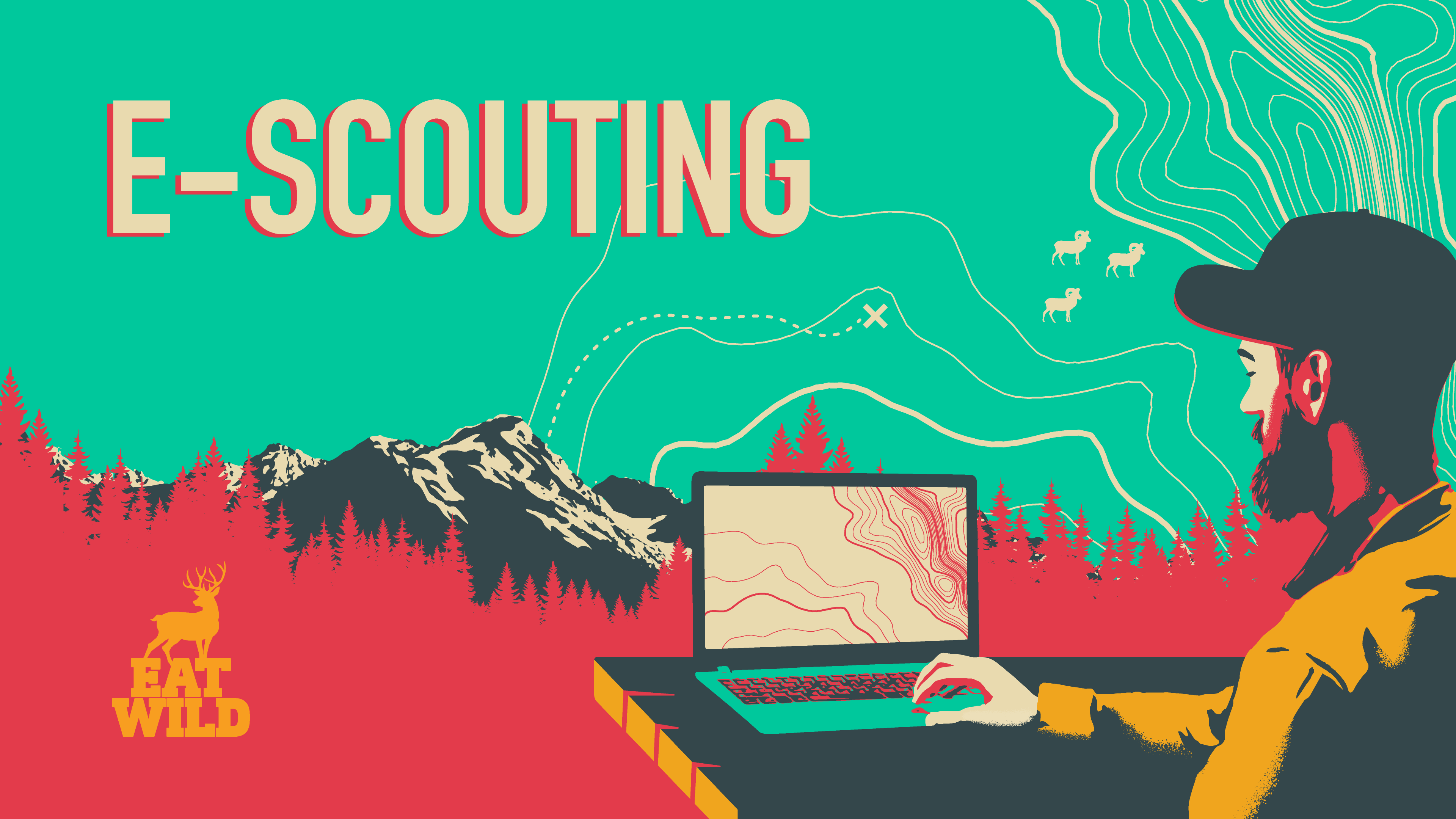eScouting - Researching your hunt plan with EatWild

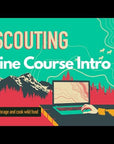
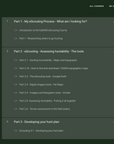
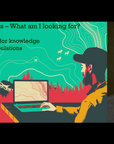
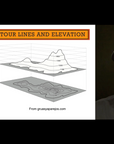
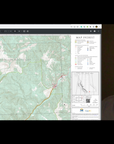
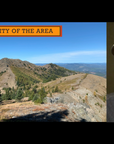
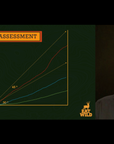

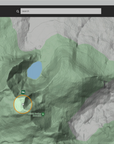
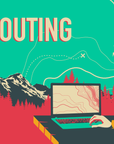
eScouting - Researching your hunt plan with EatWild
"Where should I go hunt?" This is the most common question that I get as a hunting mentor. If I were to answer this question directly, there would be hundreds of new hunters exploring around in my secret spots. I have spent years, and decades, researching, exploring and learning about why the area is a good spot to hunt and how to hunt the spot effectively, so naturally, I choose to only share my secret spot with those that are closest to me. For everyone else, I answer this question indirectly by providing guidance on the process for the new hunter to research and discover their own secret spots to hunt. This course will help you research, identify hunting locations, and make a plan to hunt YOUR secret spot successfully.
9 lessons and 6.5 hours of guided learning with EatWild.
Part 1 - Researching where to go hunting
In this lesson, I share with you my process for researching a possible hunting location. This starts with mining for knowledge, building relationships with hunting mentors, researching wildlife populations and habitats, and finally identifying huntable features.
Part 2 - Assessing the huntability of the area
In this lesson, we break down the potential of a possible hunting location and assess if the area is suitable for hunting. The process starts with building a foundational understanding of maps and typography to assess if an area is accessible and huntable. Following that, I describe the various eScouting tools (mapping and imagery applications) that identify habitat features, forest cover, potential access, and hunting features.
Part 3 - Developing a hunt plan
In this lesson, we get into the finer details of hunt planning. We break down the habitat and terrain features of an area to describe how to hunt the area. We use the eScouting tools to identify access and avoid private property. We discuss and scout locations for camp and travel corridors for hunters and animals. Lastly, we discuss the importance of contingency planning to have multiple hunt plan options and, most importantly, a plan to manage meat if you have a successful hunt.
I really enjoyed building this course for you. I spend countless hours researching and dreaming up my next hunting adventure over the long winter months. I hope you enjoy the process as much as I do, and I am certain this will help you plan for a safe, successful and fun hunt. Good luck finding your secret spot!
eScouting - Researching your hunt plan with EatWild FAQs
View our cancellation policy here.
